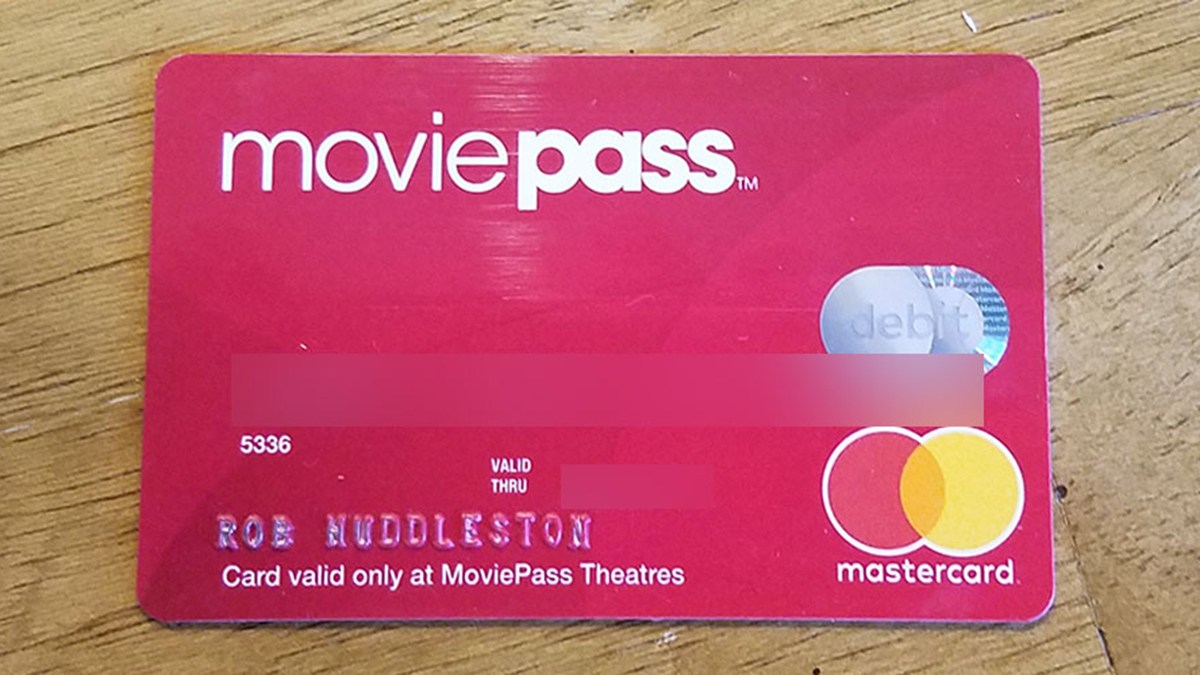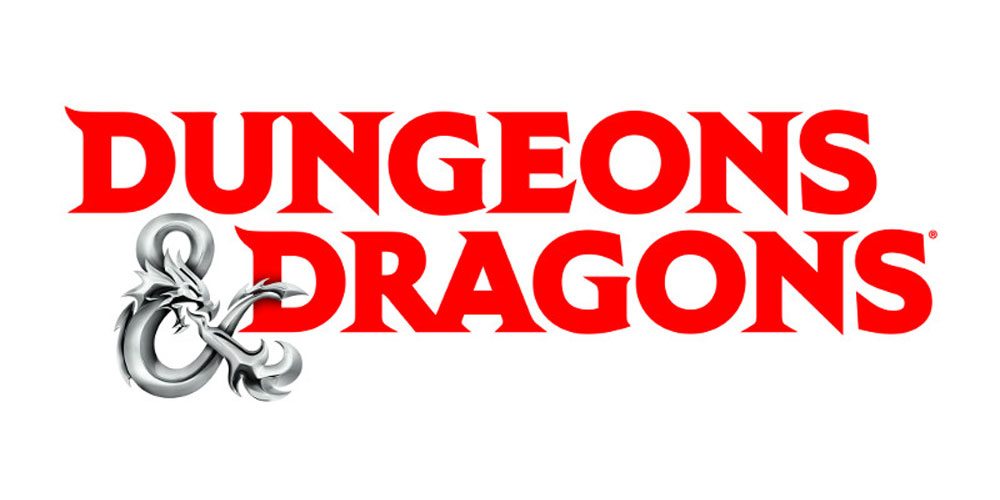There has been a ton of press about MoviePass, the movie subscription service that allows you to see basically unlimited movies for $10 a month, ever since they dramatically lowered the price last fall. (I wrote a post here about it at the time.) But MoviePass didn’t suddenly burst onto the scene nine months ago. They’ve actually been around for some time–I’ve been a member of MoviePass since it first became available in my city in 2013. It’s just that the dramatic price drop (when I joined, it was $35 per month) gained them hundreds of thousands of members and lots and lots of press.
While the initial stories about the service after the price drop tended to be positive, they have been more negative of late. That isn’t surprising, because the press does have a well-known negative bias, but also, because that is the story these days, with two main threads you’ll see over and over: MoviePass is dying because they are running out of money, and MoviePass is going to get crushed by AMC’s similar service.
While it is true that MoviePass is spending far more money than they are making, it’s worth remembering that they are hardly alone in that. Snapchat, Zynga, Pandora, Square, and even Twitter are huge corporations that consistently lose money. That isn’t to say that MoviePass is guaranteed to succeed. Of course it could go under at any point. But the fact that a start-up that is disrupting an industry isn’t profitable is not guaranteed failure, either.
However, over the last few weeks, the service has announced some additional changes that generated another round of negative headlines. But none of these changes are really that big of a deal if one takes off the “oh my god MoviePass is failing” glasses and looks at them a bit more dispassionately.
Ticket Verification
The first of the changes began rolling out earlier this year. The MoviePass terms of service have always required that you purchase a ticket for the movie you check in for. Now, they require proof: after purchasing your ticket, you have to use the app to take a picture of it and submit it. I don’t know if these tickets are simply spot-checked, or if they are stored and only checked if MoviePass suspects something on your account.
As a very heavy user of the service, I wasn’t surprised that I was included in one of the very early betas of the verification process. I quickly discovered that it isn’t that big of a deal. Immediately after checking in, the app prompts you to take the picture. So, I buy my ticket, and right there, before I do anything else, I snap the picture. It requires an additional few seconds. That’s it.
There have been a few bugs along the way with the system not recording that I took the picture, so this change has prompted me to start saving my ticket stubs just in case, but otherwise, it’s not a huge issue. And I haven’t encountered that issue in months, so I think they have solved it.
What is a huge issue is the people who were taking advantage of the system and buying tickets for movies they didn’t check into, such as tickets for special screenings of movies (which you are not allowed to do). It’s clear now that MoviePass rolled out this system because they were planning to revert to the “no repeat viewings” policy (see below), and that without ticket verification it would be easy to cheat: you check in for a movie you aren’t planning to ever see, and then buy a ticket for your fourteenth viewing of Infinity War. So I have no problem at all with a policy that takes almost no time and keeps people from abusing the service.
No Repeat Viewings
This change was announced before the others.
First, it’s worth repeating what I said above: MoviePass has been around for about six years. And for five of those years, this was the policy. When they dropped the price last fall, they removed this from the terms of service, allowing users to see the same movie more than once. So actually, this isn’t a radical change, but rather a reversion to what was already true.
In the years that I had MoviePass at $35 a month, this policy never bothered me. And now that I have it at $10 a month, it doesn’t bother me, either. Since I began obsessively tracking my movie watching habit in 2014, I have seen 523 movies. Of those, 11 were repeat viewings. So for me, not allowing repeat viewings on the service just isn’t that big of a deal. Back when I was paying $35 a month, every movie beyond the third in a month was free. Today, it’s every one after the second. So having to pay out-of-pocket two or three times a year to see something again just isn’t something I care about in the slightest.
Surge Pricing
Of the recent announced changes, surge pricing is the most controversial. Beginning sometime this month, there will be certain screenings of certain movies that will require an additional surcharge. The company isn’t being totally transparent about what the charge will be, but this is something that is likely to impact me, because I do try to see at least one new release every Thursday night, and will often see something over the weekend as well. So I’m likely to hit those popular showings and have to pay a bit to see the movie.
But here’s the thing: I’m only going to pay a bit. At $10 a month, for most people in most places in the country, MoviePass pays for itself after only a single movie each month. Every movie you see after that is free. So if I have to end up paying $3.43 (the surge price that was used as an example in the email members got) to see Skyscraper this week, I’m still coming out way, way ahead. Without MoviePass, Skyscraper would have cost me $15 at least. While free is obviously better than not-free, seeing a movie at a 80% discount is still a really great deal. At the high end, the company has said that surge pricing will max out at $6. I suspect that this is for movies in LA, New York, and San Francisco. But if you don’t have MoviePass, you may be paying close to $20 for a ticket already. So it’s still a fantastic deal no matter how you cut it.
IMAX, 3D, and Large Screens
The other big changes are all positives that finally fix problems MoviePass has had since the very beginning. You may not have heard as much about these as the surge pricing and no repeat viewings policies, though, because they don’t fit into the negative narrative most reporters are stuck in with the service.
From day 1, MoviePass has not allowed its members to use the service to see movies in IMAX, 3D, or the various large screen formats like Century’s XD or Regal’s RPX. Soon, we will be able to do that, by paying a small surcharge. My guess is that we will pay the difference between a regular 2D screening and the premium format.
Again, this is absolutely good news, and it’s something that MoviePass members have been asking for from the very earliest days. It’s another thing that doesn’t impact me directly too much: I have seen 8 movies at IMAX in the last four years, and none since July of 2016, but that has more to do with a lack of nearby IMAX theaters than anything. Since 3D hasn’t actually improved a movie since Avatar, I actively avoid seeing anything in it (and I’m genuinely glad that Hollywood seems to be getting over its 3D obsession and I can’t wait for it to die).
The Large Screen formats are something that I’m OK with, thought. (But I do wish Century would stop with the stupid unicorn advertising for XD.) I don’t tend to seek out XD or RPX showings, but there have been times when the next conveniently-timed screening of a movie was in one of those, so I will be glad to pay a few dollars to be able to see it with my MoviePass card, rather than what I have to do now, which is to either choose to not see it so that I don’t have to pay at all, or choose to see it but pay full price out-of-pocket.
Bring a Friend
The other big change that doesn’t fit in the negative narrative and so hasn’t been getting as much press is a new “bring a friend” policy. The way it works today is that if I want to see a movie with my son, I have to do two separate transactions: I buy my ticket with MoviePass, and then separately, buy his with my debit card. Several years ago, this wasn’t that big of a deal (but I could see how it might be awkward on a date), but today, with almost all theaters using reserved seating systems, it gets a bit trickier, particularly for popular movies where there’s at least a chance that the seat next to you could be sold to the person being helped in the other line at the box office between your two transactions.
While MoviePass hasn’t yet announced how it will work, at some point in the next few months this problem will be solved, as MoviePass will allow you to buy an additional ticket, at full price, along with the one you’re buying on your MoviePass card. While I see the vast majority of movies alone, and most others with a friend who also has MoviePass, my son is now getting old enough to start seeing a lot of movies with me (but not quite old enough yet to have his own MoviePass card). So it will be nice to not have to do separate transactions anymore.
Theater-Specific Competition
The final thing that is in the press a lot these days isn’t a change to MoviePass, but rather, proof that MoviePass is working and is a viable business model. Last fall, Century rolled out its own subscription service, and last month, AMC–whose hypocritical CEO had long stated that he disliked MoviePass because subscription services devalued the movie-going experience–rolled out one as well.
But if you look at the numbers, neither of them are as good a deal as MoviePass. Both cost more per month and limit the number of movies you can see. But critically, both dramatically limit your choices because unlike MoviePass, both limit you to seeing movies to only those theater chains. I’ll admit that I see a majority of my movies in Century theaters, simply because they are the dominant chain in my area, but last year, I saw fully 25% of my 105 movies in non-Century theaters. (I should note here that there are no AMC theaters in my city at all.) So in order to have the freedom to see movies anywhere I want, I would either have to sign up for every theater-specific subscription, which would drastically increase my costs, or stick with the service that already allows me to go where I want: MoviePass.
Summary: ¯\_(ツ)_/¯
All in all, these changes just aren’t that big of a deal. They either revert to an previous policy in the case of no repeat viewings, make the service more convenient by allowing premium formats or bringing a friend, or just help the service bring in a bit more revenue and thus hopefully remain in business. It’s too bad that the journalists here have latched on to the negative narrative and continue to pound MoviePass for its perceived weaknesses, but I for one hope that it can overcome that and continue to survive. It has saved me well over a thousand dollars since I joined, and I look forward to a long and happy continued relationship with it.





MoviePass is the most problem related service I’ve ever dealt with. The app continually crashes when I’m at the theater trying to buy tickets or send ticket stub pictures back to the service. The customer service is just as bad. I haven’t had to deal with the surge pricing as of yet and that’s the only thing mentioned that is of concern. Oddly enough, when at one theater, the app crashed (again) and wouldn’t let me purchase a movie ticket and I had to use my AMC A-List service to use it (I pay for both). That having been said, MoviePass still saves me money on a monthly basis, at least so far so I’ll probably keep my subscription, at least for awhile. Oh, and as my lady and I sometimes see two movies on Saturdays, I also find myself doing two separate transactions.
I’m one of the lucky ones. My local theater has the e-ticket option with MoviePass. So I can pick a seat from home and reserve it (same day only) direct from the app and then just pick it up at the theater. I don’t need to check in/use the card at all (unless I happen to go to a different theater).
I agree with what you said though. The deal it provides far exceeds the issues around it. Now, they need to shore up their tech/process to make it easier for the masses – but that’s somewhat minor.
Like you, the surge pricing intrigues me. They are being radically non-transparent about it. “Popular movies” at “Popular times” is vague and can mean just about anything. If they start adding a $1 every time I see something… like, I’m taking my kid to Ant-Man tomorrow (Tue) night. It’ll be a 7pm time (popular time/popular movie). Adding a surge to that will greatly bug me. I’d rather they say “hey, we need to raise the monthly price to $13” or $15.
There’s an interesting thing about surge pricing that no one has mentioned. If MP holders avoid films with surcharges (new releases, most likely), then MP will have influence over the weekend box office, which could be HUGE for them. Let’s say two films with comparable box office appeal are opening the same weekend. Maybe one film comes from a studio that views MP unfavorably, and the other comes from a studio more favorably inclined towards MP. MP hits the former with a surge fee and leaves the latter alone – PRESTO, MP has just picked the box office winner for the weekend.
Could this increase their clout and possibly their longevity? Maybe. I don’t think Paramount Pictures will be happy if, say, Mission Impossible Fallout opens 20% below expectations because of surge pricing, but it could very well happen…